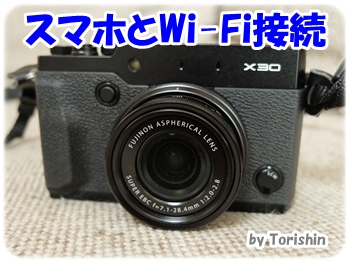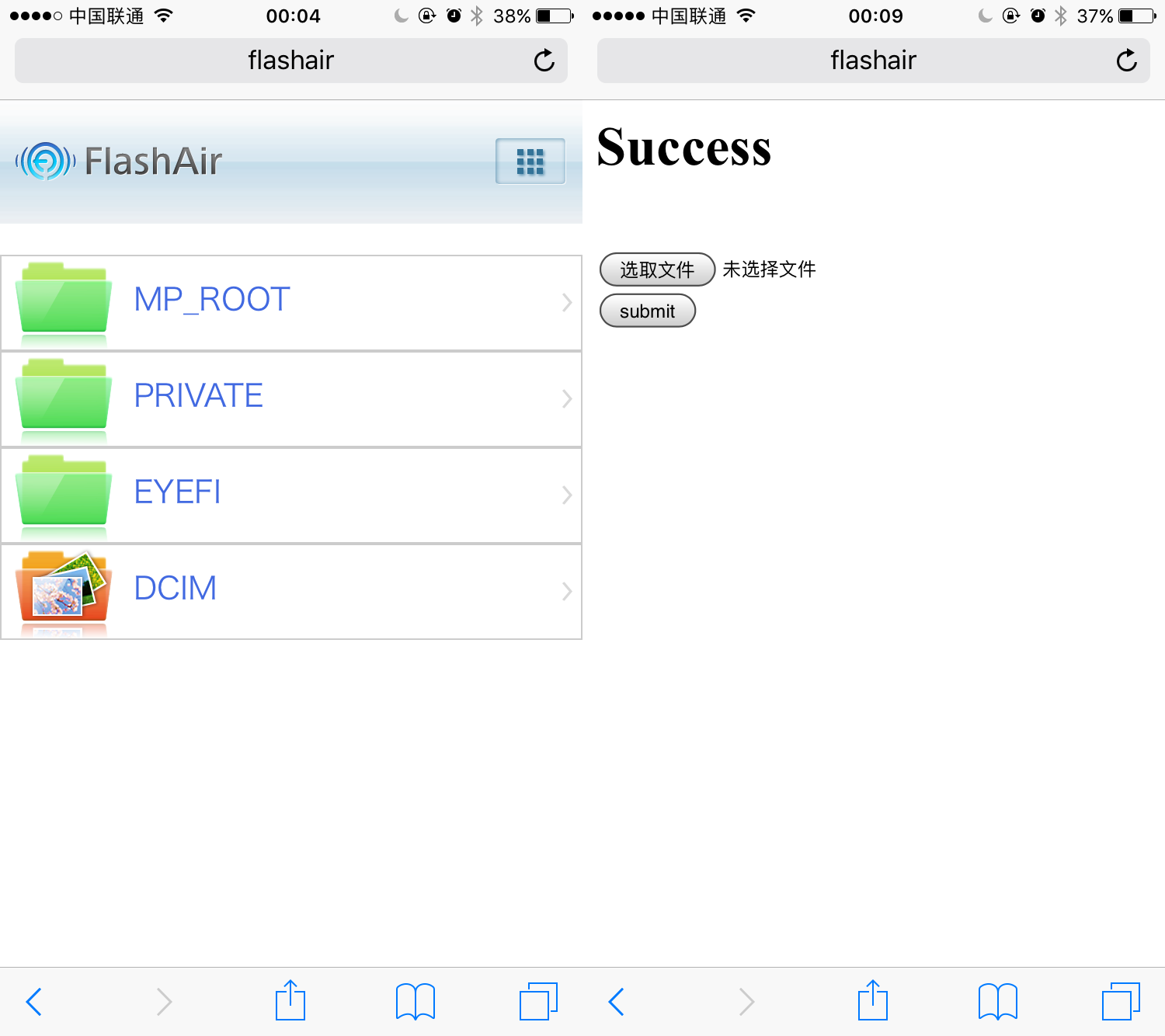


If you want 16GB of storage, you’ll need to pay $79.99, while double that amount could be yours for $99.99. Hey Here is a quick collection of the information that I have gathered about these Wi-Fi enabled memory cards by Toshiba that are fairly uncommon compared to the big guys (Eye-Fi, Transcend, etc.). The card has a neat pass-through feature that lets you access its contents and the Internet (through your own Wi-Fi router) at the same time. It apparently comes with “enhanced photo sharing and management features”. Moving on, the FlashAir III model creates its own Wi-Fi network, which you can connect to in order to copy and share what’s on it. These NFC SD cards will come in 8, 16, and 32GB iterations. The NFC functionality works via a dedicated Android app, which is where you go to check out the thumbnails and the related info.
#Flashair vs eye fi full
If you want full access to your images, you’ll need to do it the old fashioned way – by popping the card into a card reader of any sort. Oh, and you’ll also find out how much storage space is left on the card. If you’re wondering what pairing NFC with an SD card would be good for, well, apparently it’s been done so you can see up to 16 picture thumbnails from the card on your Android smartphone with just a tap. And then there’s the first ever NFC-capable SD card. First off, we have the FlashAir III, which is sort of like Toshiba’s answer to the Eyefi. Toshiba’s got a couple of new SD cards coming, in multiple sizes each. Initially the FlashAir card has been launched with an 8GB capacity and supports both peer-to-peer transfers and uploads with a Speed Class 6 and supporting IEEE 802.11b/g/n connectivity.


 0 kommentar(er)
0 kommentar(er)
